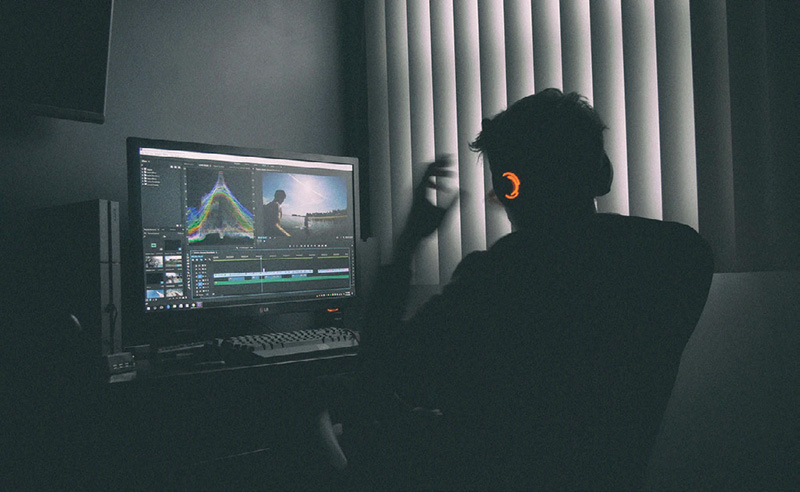Saturday, March 7th: The date of my last gig before everything shut down. I remember joking with the band and other crew members that we should say our goodbyes as we were leaving, because we might not see each other again for a long time.
That joke, unfortunately, quickly became a harsh reality and it’s a bitter pill to swallow. But this prolonged period of not working has offered another bitter realization: we’re living in a world of bad sound quality.
I suspect I’m not alone in spending my time off trying to become better at what I do. Luckily for the majority of us, many of the leading players in our field stepped up and offered free online training courses and other great educational opportunities that can help us further our careers (although it’s probably also negatively impacting the sound education community in the process, but that’s not my focus here).
So I’ve been glued to webinars, online calls, Zoom conferences and other virtual meetings only to come to the frightening realization that most of the time the audio in these media/communication formats is severely substandard. But it’s not all that surprising if you think about it. The audio for this content is being broadcast and/or recorded through Bluetooth microphones and integrated computer mics by folks using headsets of questionable quality, then it’s squashed by online conferencing software that’s only concerned with getting “some kind” of an AV signal through the already oversaturated network connections to deliver it to audiences that are consuming it via computer, phone and tablet loudspeakers as well as Bluetooth headphones and headsets of questionable quality.
The name of the game is not hearing the delicate audio examples that are used to try to illustrate a point, but just to hear anything at all. So we spend a huge amount of our waking hours listening to content that’s just slightly better than a garbled speck of a waveform, where our listening skills are put to work on just discerning the words, not the details of the sound transmission. This, in addition to all of the online conversations with our friends and family where we get more of the same as well as spending our “down time” watching Netflix shows (with reduced streaming quality) and YouTube content where quality of production often takes a back seat.
Now, we can’t really influence how all this content is produced all that much. And most of us have little desire to tell the people who are producing this content, “Hey, could you be a champ and get yourself a better mic, dampen the room a bit and then lecture on this amazingly important audio concept.” No – we’re just thankful that they do it.
We also can’t really influence the way sound is transmitted via conference calls and webinar sessions. (Although I’m still waiting for the brave soul who will have the vision to say that in the next software update there will be the option of reducing the video quality in exchange for better audio – “just check this box to make it so.”)
But we absolutely can influence the way we ingest this content. We have the power of putting on a pair of quality reference headphones, and we can use the monitors in our studios rather than the lousy computer/phone loudspeakers that cut off any remaining low end that was left standing from the battle of web transfer.
If we don’t do this, I’m seriously concerned that our listening abilities might be severely impacted. Consider how much time we’ve spent training our ears and our brains on how a good vocal should sound. How much time and effort did it take for us to get to the point where we can play some pink noise and immediately know that something is off in a reproduction system? For that matter, how much effort it has taken us to discern compression amounts on audio sources?















